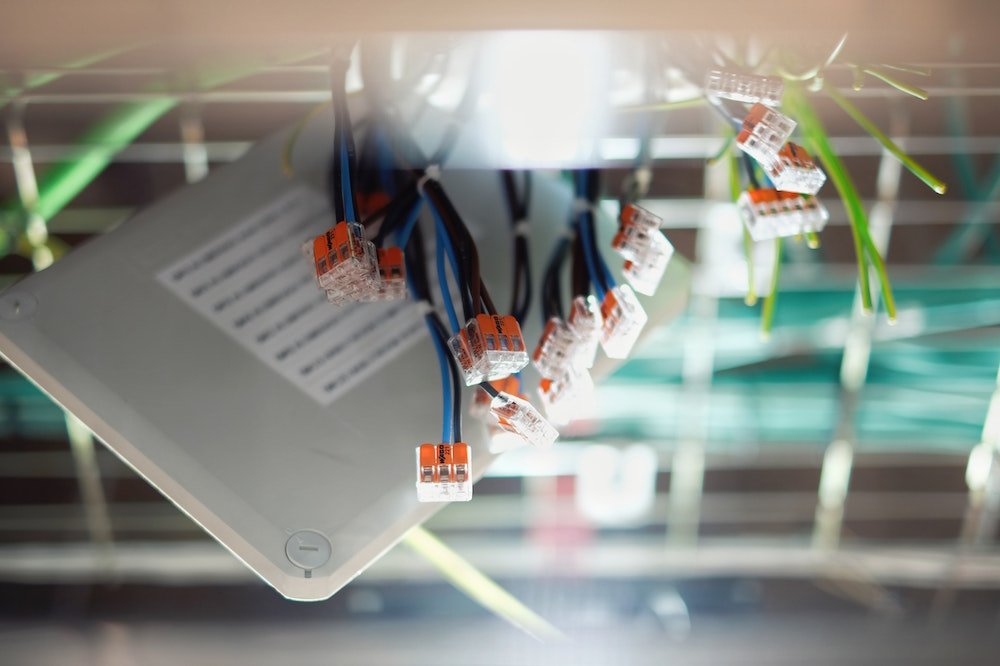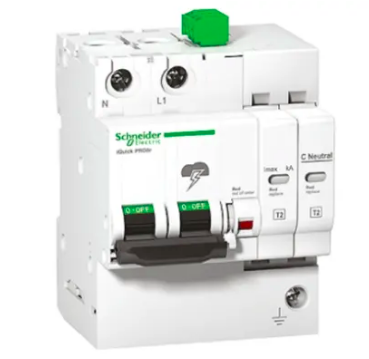Electricity is an essential service for homes and businesses, but it can be dangerous when faults occur as it has the potential to cause electric shock or fire. These are two highly hazardous situations for the safety of the building and its occupants. Residual Current Devices, or RCD’s, have become critical components of electrical circuits because they shut off the electricity supply when there is a fault in the circuit. They are essential for electrical safety and should only be installed by a licensed and experienced electrician.
How does an RCD work?
A Residual Current Device is a highly sensitive safety device that monitors the flow of electricity in a circuit. When the RCD recognises that the electrical current has changed or there is a current leakage, it will switch the electricity off incredibly quickly to protect the property and the person. Current changes can be a result of a live wire being touched or earthed. The electricity will be quickly shut off to prevent electrocution and minimise the risk of electric shock. RCD’s are different to circuit breakers as they are related to current, where circuit breakers are concerned with circuits. RCDs are typically installed near the main switchboard and circuit breakers are installed within the switchboard for circuit protection.
Where is RCD protection required?
RCD protection is required in certain areas of the home based on the potential for faults to occur. These include gardens, bathrooms and laundries. RCD protection can come in the form of fixed RCD’s. Alternatively, socket outlets can also use plug -in RCD’s for electrical safety at the point where high voltage appliances are installed, these are called Socket RCD’s or SRCD.
Are RCD’s mandatory?
In Queensland, electricians are only able to conduct electrical installation work if a safety switch or RCD is installed or will be installed as part of the work. Electrical emergencies are the exception. Leased domestic properties should all have safety switches on their power points. Safety switches for lighting are not compulsory, but it is recommended where possible so you are RCD protected.
As of 1st Jan 2019 safety switches are mandatory on any addition or new installation of any circuit 32 amps and under (with some rare case exceptions),
RCD testing
RCD’s are installed by electricians and must also be tested following their installation to ensure they are performing effectively and comprehensively. The testing process will allow your electrician to assure you on the electrical safety of the installation and minimise any risk of fault.
As of 1st Jan 2019 safety switches are mandatory on any addition or new installation of any circuit 32 amps and under (with some rare case exceptions),
If you believe you may need RCD’s to be installed or tested, contact CLF Services today on 1300 257 561.













